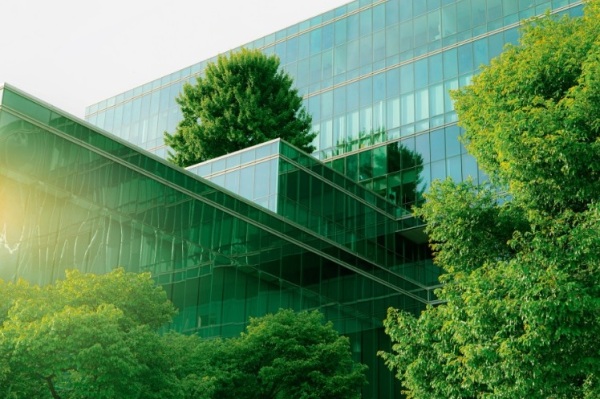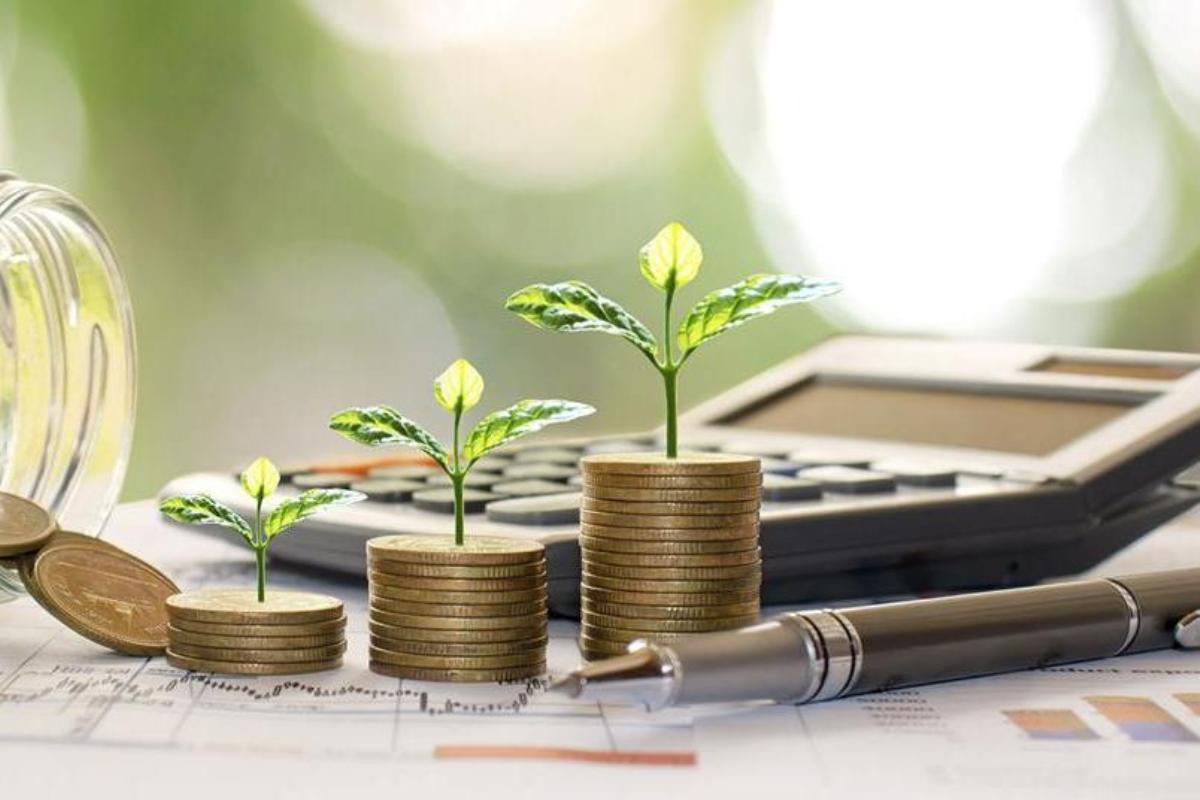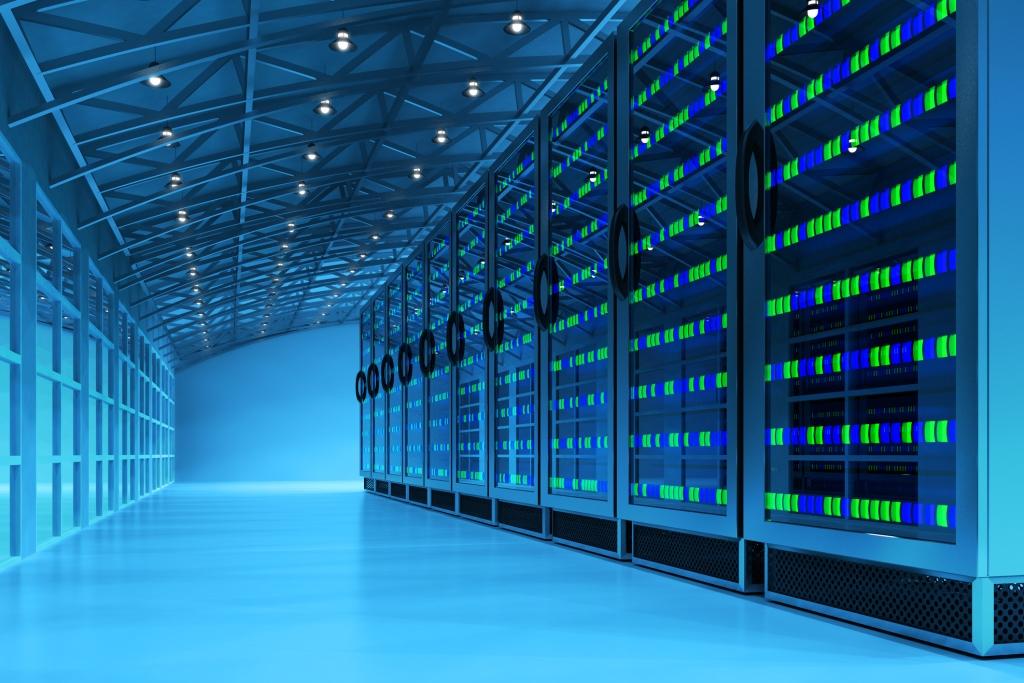 In the heart of India's rapidly urbanizing landscape, a paradigm shift is underway. The once familiar images of towering skyscrapers and sprawling office parks are being redefined by a growing emphasis on sustainability. This transformation is not merely a trend but a necessity, driven by the urgent need to address climate change, conserve resources, and create healthier, more resilient cities.
In the heart of India's rapidly urbanizing landscape, a paradigm shift is underway. The once familiar images of towering skyscrapers and sprawling office parks are being redefined by a growing emphasis on sustainability. This transformation is not merely a trend but a necessity, driven by the urgent need to address climate change, conserve resources, and create healthier, more resilient cities.
In this riveting article, Ayashkanta Rout, a seasoned leader in the real estate industry and Head of Sustainability & CSR at Oberoi Realty Ltd., offers valuable insights into this transformative journey. With his extensive experience and deep understanding of the industry, Rout sheds light on the factors driving this green revolution and the profound impact it's having on our cities.
His article explores the key trends and innovations shaping sustainable commercial real estate, the benefits it offers to both businesses and occupants, and the path forward for a more sustainable future. To discover the latest innovations and trends in sustainable commercial real estate, continue reading below.
From Foundations to Futures: Embracing Sustainability in Commercial Real Estate
When one thinks of commercial real estate, certain images likely come to mind - towering skyscrapers of glass and steel, the sprawling office parks, or the bustling shopping centers that define our urban landscapes. For decades, these structures have been the hallmarks of urban prosperity and economic might. But today, a quiet revolution is reshaping the very essence of our cityscapes.
As our world grapples with pressing environmental challenges and rapidly evolving urban needs, the concept of sustainable buildings has transitioned from a luxury to an absolute necessity. that's revolutionizing our urban landscapes. This transformation isn't about distant, utopian dreams; it's a tangible shift in how commercial real estate is being developed and experienced, with sustainability at its core.
This green metamorphosis is powered by an innovative fusion of cutting-edge technology, visionary design, and a steadfast commitment to environmental stewardship. From smart sensors that optimize energy use to advanced water recycling systems, from living walls that purify the air to intelligent building management systems—these innovations are redefining what it means to develop and inhabit commercial spaces.
The Shift towards Sustainability
For years, conventional commercial developments focused on maximizing space and profitability, often at the expense of environmental considerations and occupant’s well-being. Tall, glass-clad skyscrapers and sprawling office parks were the hallmarks of success, but they brought with them significant environmental impacts, from high energy consumption to substantial waste production. As awareness of climate change and resource depletion has grown, so has the demand for greener alternatives. This shift is not just a trend but a trend; it's a necessary response to the growing demand of businesses and consumers for more sustainable, healthier spaces.
Sustainable commercial developments
Sustainable commercial real estate focuses on creating and managing buildings that prioritize sustainability and environmental concern. This means integrating smart technologies like sensor-based faucets and water-efficient fittings to save water, and energy-efficient HVAC and utility systems and appliances to cut down on power use. Solar panels on rooftops help generate renewable energy, reducing the need for grid electricity. Use of low VOC paints and adhesives keep indoor air clean and healthy, while alternative materials like AAC blocks and materials with higher recycled contenthelp reduce the carbon footprint of the built environment.
In addition to environmental considerations, these spaces are designed with occupant well-being at the forefront, aligning with prevailing green building certifications norms like LEED, WELL, etc. The design encourages movement through thoughtfully placed collaborative spaces, and active workstations, inspiring a more active lifestyle among occupants. Inclusive spaces cater to diverse needs, featuring designated areas for recreation and relaxation, promoting a balanced work-life environment, ensuring accessibility and comfort for everyone. Furthermore, these buildings are designed to foster a sense of community, with communal areas that encourage interaction and collaboration. By combining sustainability with human-centric design, eco-friendly commercial real estate creates spaces that are not only efficient and green but also nurturing and supportive of the people who work within them.
The Well-Being Benefits of Green Workspaces
Sustainable commercial buildings are designed with the well-being of occupants in mind. By improving indoor air quality and maintaining optimal temperatures, these buildings create healthier and more comfortable work environments. The integration of natural light and enhanced ventilation has been shown to boost mood, reduce stress, and improve focus, leading to increased productivity. Beyond the physical environment, sustainable practices such as water-saving technologies and the use of renewable energy sources contribute to a sense of pride and responsibility among employees, further enhancing workplace morale.
The Green Path Forward
The landscape of sustainable commercial real estateis rapidly evolving, with new trends emerging that combine technology and sustainability. Smart building technologies which optimize energy use and enhance building management, are becoming increasingly prevalent. The adoption of biophilic design principles, which aim to connect building occupants with nature, is also on the rise. Additionally, the integration of artificial intelligence in building management is revolutionizing how buildings are managed, making them more adaptive and responsive to the needs of their occupants. These trends signal a where technology and sustainability are seamlessly integrated, creating commercial spacesthat are not only efficient but also nurturing to their occupants.
The transformation from concrete jungles to sustainable, green oases is more than just a passing trend; it represents a fundamental shift towards a sustainable future. As the commercial real estate industry continues to embrace eco-friendly practices, the benefits are clear: healthier environments, reduced operational costs, and a positive impact on the planet. This movement echoes the wisdom of the renowned architect, Frank Lloyd Wright, who once said, “Study nature, love nature, and stay close to nature. It will never fail you.”His words capture the essence of thistransformation, where nature and innovation come together to redefine the spaces we occupy.
By embracing sustainability, the commercial real estate industry is not only addressing the demands of today but also paving the way for a greener, more sustainable tomorrow. The future of commercial real estate is not just about building structures; it’s about creating ecosystems that support both the planet and the people who inhabit it, for the continued prosperity of all businesses operating out of such spaces.




 In the heart of India's rapidly urbanizing landscape, a paradigm shift is underway. The once familiar images of towering skyscrapers and sprawling office parks are being redefined by a growing emphasis on sustainability. This transformation is not merely a trend but a necessity, driven by the urgent need to address climate change, conserve resources, and create healthier, more resilient cities.
In the heart of India's rapidly urbanizing landscape, a paradigm shift is underway. The once familiar images of towering skyscrapers and sprawling office parks are being redefined by a growing emphasis on sustainability. This transformation is not merely a trend but a necessity, driven by the urgent need to address climate change, conserve resources, and create healthier, more resilient cities.











.jpg)




